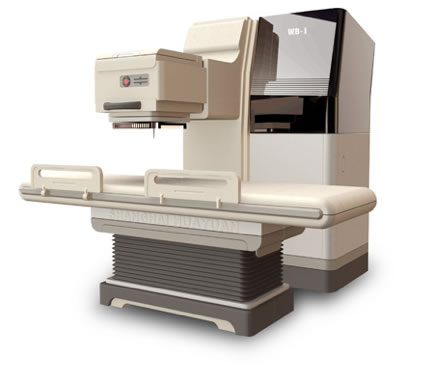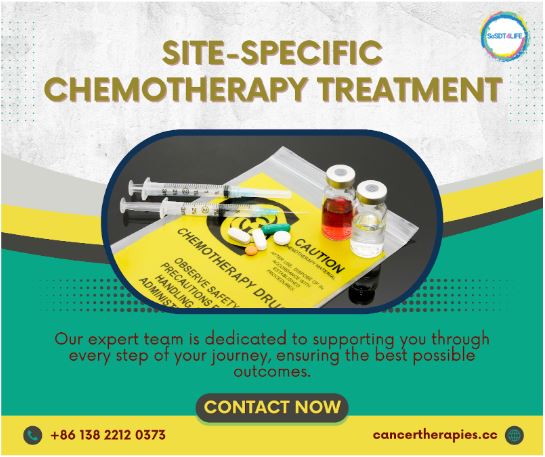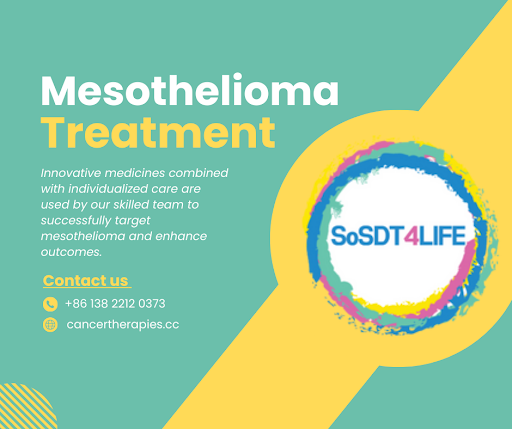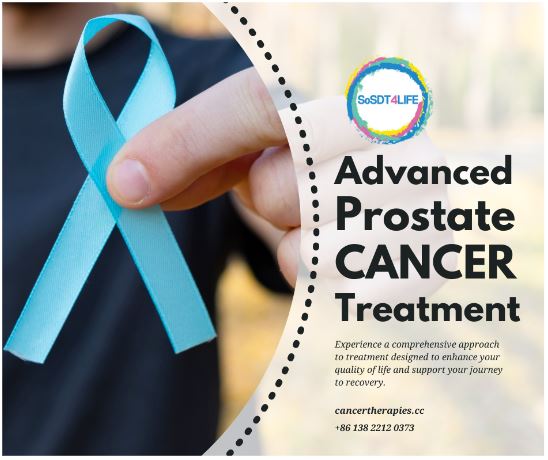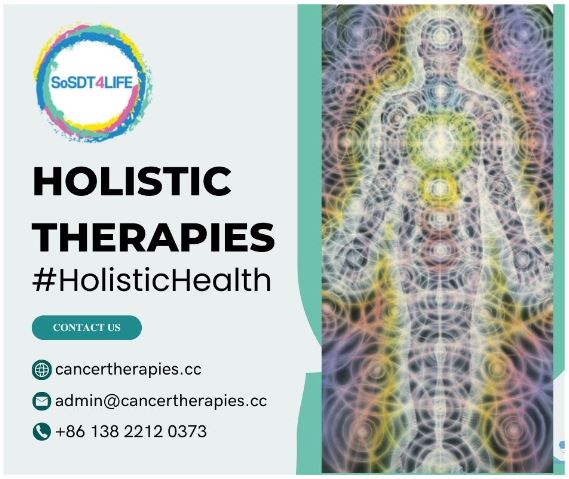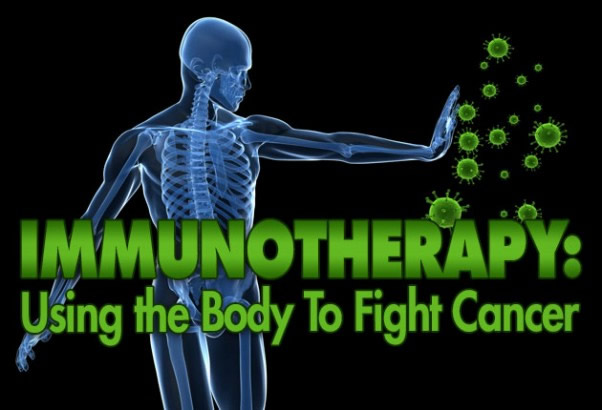Hyperthermia
Hyperthermia (also called thermal therapy or thermotherapy) works on the principle that cancer cells are more susceptible to excessive heat than normal cells. Research has shown that high temperatures can damage and kill cancer cells, usually with minimal injury to normal tissues. The affected tissues are exposed to controlled high temperatures of up to 45 degrees celsius. By killing cancer cells and damaging proteins and structures within cells, hyperthermia may shrink tumours.
Hyperthermia is most often used in combination with other modalities to increase overall treatment efficacy. Many studies have shown a significant reduction in tumor size when hyperthermia is combined with other treatments
This treatment can be helpful for patients with advanced metastases or recurrent cancer.
The effectiveness of hyperthermia treatment is related to the temperature achieved during the treatment, as well as the length of treatment and cell and tissue characteristics. To ensure that the desired temperature is reached, but not exceeded, the temperature of the tumor and surrounding tissue is monitored throughout hyperthermia treatment.
There are two types of Hyperthermia: Local Hyperthermia and Regional or Whole Body Hyperthermia
1. Local Hyperthermia:
Heat is applied only to the cancerous area, using a number of techniques to concentrate energy and heat the tumor. Energy used for the treatment depends largely on the tumor location. Common type of energies used are: Microwave, Radiofrequency and Ultrasound.
Side-effects of Local Hyperthermia:
Most normal tissues are not damaged during hyperthermia if the temperature remains under 44°C. However, due to regional differences in tissue characteristics, higher temperatures may occur in various spots. This can result in localised burns, blisters, discomfort, or pain but most of theses side effects are only temporary.
2. Regional or Whole Body Hyperthermia:
Here, heat is applied to larger areas comprising the affected tissue such as organs, limbs and body cavities – or in the case of extensive metastatic cancer – to the whole body. This can be accomplished by several techniques that raise the body temperature to 41-42°C, including the use of thermal chambers (similar to large incubators) or hot water blankets.
Side-effects of Regional Hyperthermia:
Whole-body hyperthermia can cause more serious side effects, including cardiac and vascular disorders, but these effects are uncommon. Diarrhoea, nausea, and vomiting are commonly observed after whole-body hyperthermia.
Side-effects depend on the raised temperature of the energy, as well as on the part of the body being treated. If side-effects do occur they tend to become evident after treatment and can be monitored and resolved by doctors. Rarely are the effects severe.
Patients are closely monitored and accompanied by a SoSDT 4 LIFE team member at all times during the hyperthermia treatment. Extra attention is also given to patients for the remainder of the day – above and beyond the outstanding level of care that SoSDT 4 LIFE is famous for.
Benefits of Hyperthermia Therapy
- High temperatures can kill cancer cells and shrink tumours
- Used in conjunction with other treatments increases overall efficacy
- Fewer temporary side-effects
- Has the potential to destroy cancer without surgery
- Boosts the immune system thus stimulating the body’s ability to fight the cancer

